
FOODPhilippines Pavilion opens in China’s biggest import expo
The Philippines returns to full physical participation in the 6th China International Import Expo (CIIE) on Monday, November 6, 2023, as the world-class trade fair opens to all international and Chinese trade buyers. Joining the world’s biggest import-themed trade...

PH records US$10.36M sales from CAEXPO 2023
Ripe with opportunities, the Philippines generated sales totaling US$10.36M from the recently concluded 20th China-ASEAN Expo (CAEXPO) held at the Nanning International Convention and Exhibition Center (NICEC) in Nanning, Guangxi Province, China last September 16-19,...
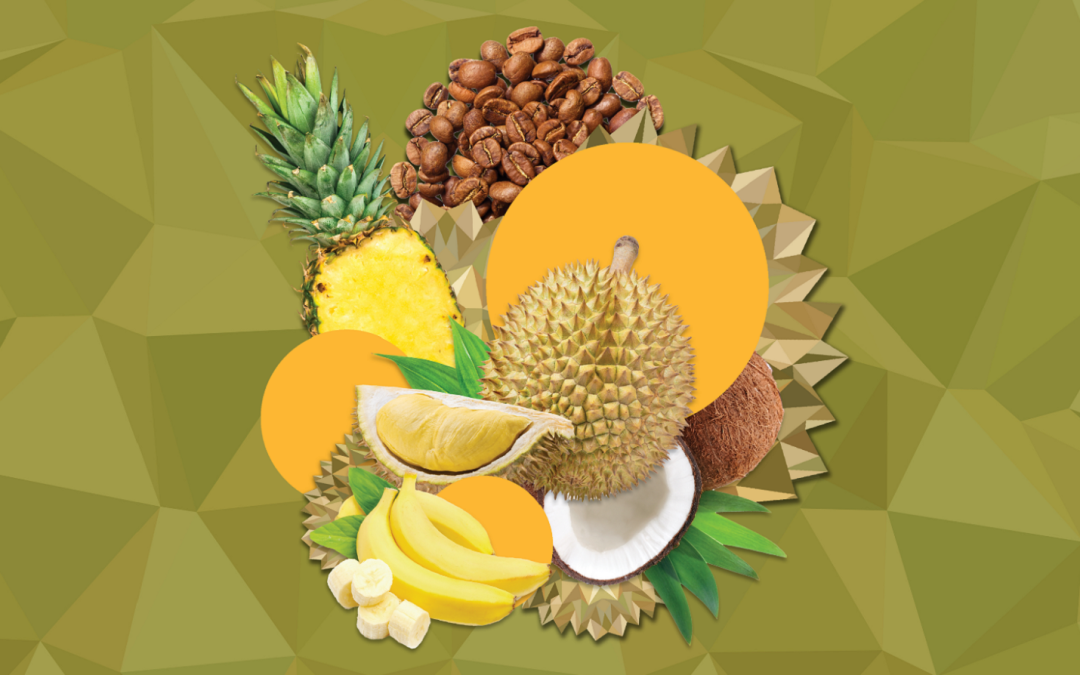
PH delegation mainstreams Durian in CIIE 2023
A delegation of 16 Philippine business enterprises will return to the 2023 edition of China International Import Expo (CIIE) for the 6th consecutive time with the theme “Share the love for Philippine flavors.” Anchored on the increasing popularity that Durian is...

Eating I Love You
Let’s begin with something controversial: not everyone likes chocolate. Some people can't even physically eat it. While Valentine’s Day began as early as the 1300s, its association with chocolate happened in the 1800s. By the 1840s, the Cadbury family had just...

3 Ways to Use Tablea in Savory Dishes
Tablea is popularly used in making champorado, a sweet rice porridge served for breakfast or as an afternoon snack. In recent years, tablea has been added to a slew of desserts and pastries, from cakes and pies to brownies and ice cream. But did you know that tablea...

There’s more to cacao than chocolate
It’s been a few years since the health world painted cacao nibs as the ‘it’ superfood. The appeal was–is–understandable. After all, it is a reasonably healthier way to enjoy chocolate. In shorthand, cacao nibs are crushed cacao beans before they become chocolate....
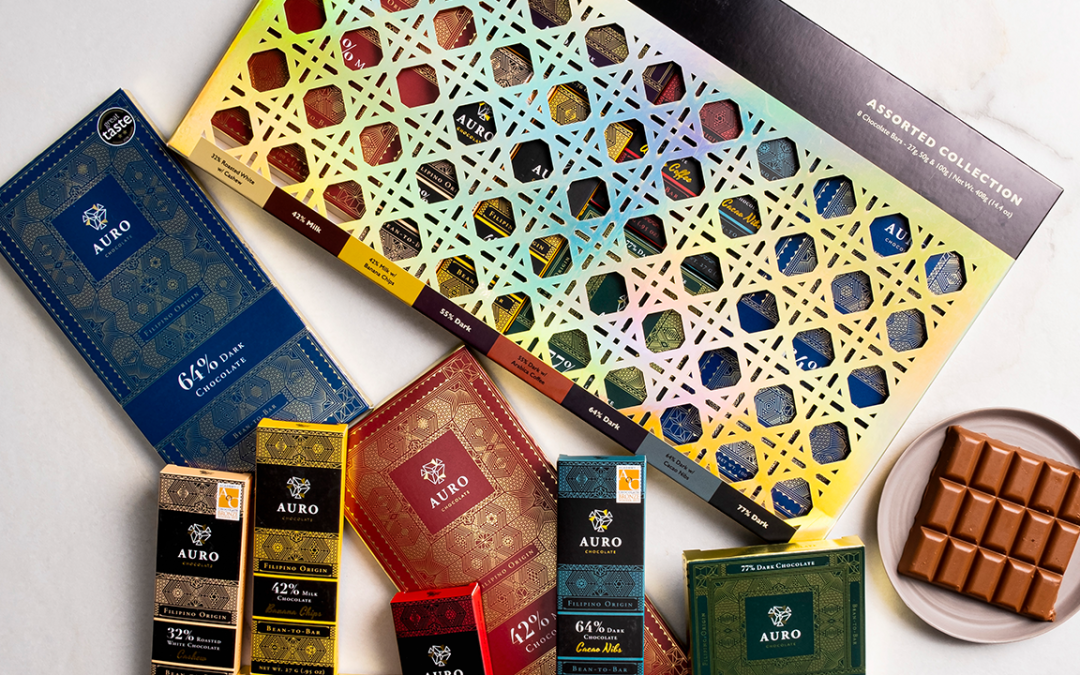
A rundown of Filipino chocolate brands
No other food is more universally beloved than chocolate. In the Philippines, our local chocolate bars, tsokolate drinks, and chocolate-flavored deserts have always been part of the local food culture. Here is a list of local chocolate brands to satisfy your sweet...
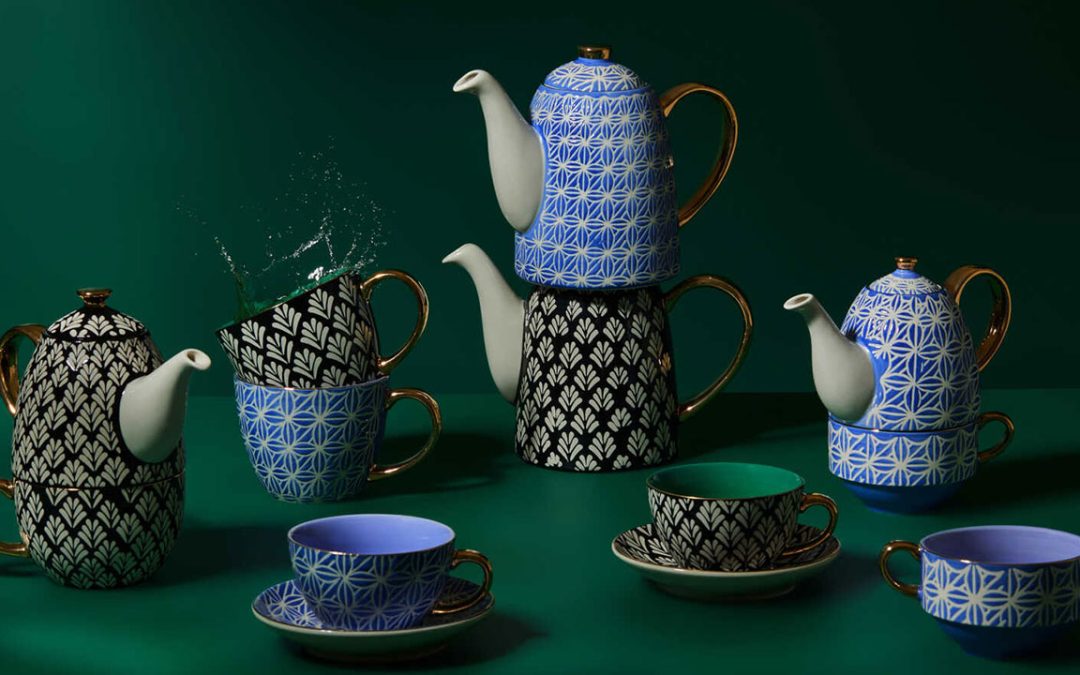
Coffee vs Tea Consumption in the Philippines
There’s no doubt that the country loves their cup of coffee. But with trends like milk tea luring in crowds of not only the young, but also the old, is tea slowly inching its way into the position of a strong beverage contender? Not quite. “Coffee has become a way of...
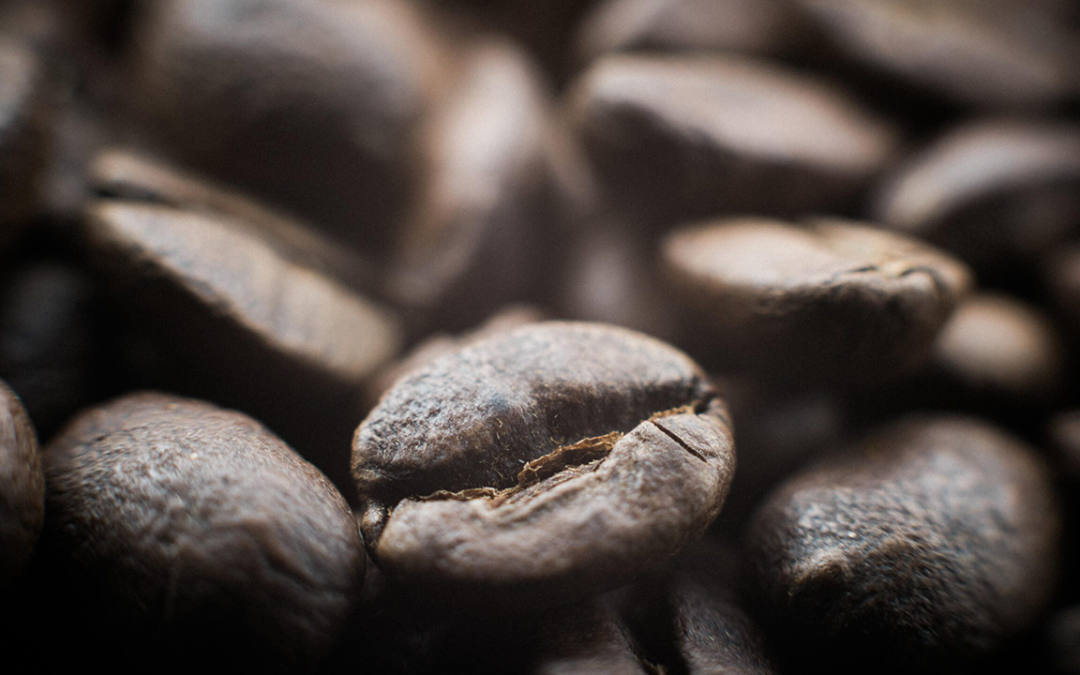
Ever had peaberry coffee?
There's a kind of coffee that only a few get to enjoy because of awareness and/or preference. It’s called the peaberry, and every coffee tree produces only a few of it. According to Chit Juan, President of the Philippine Coffee Board, it only comprises about 5-10% of...
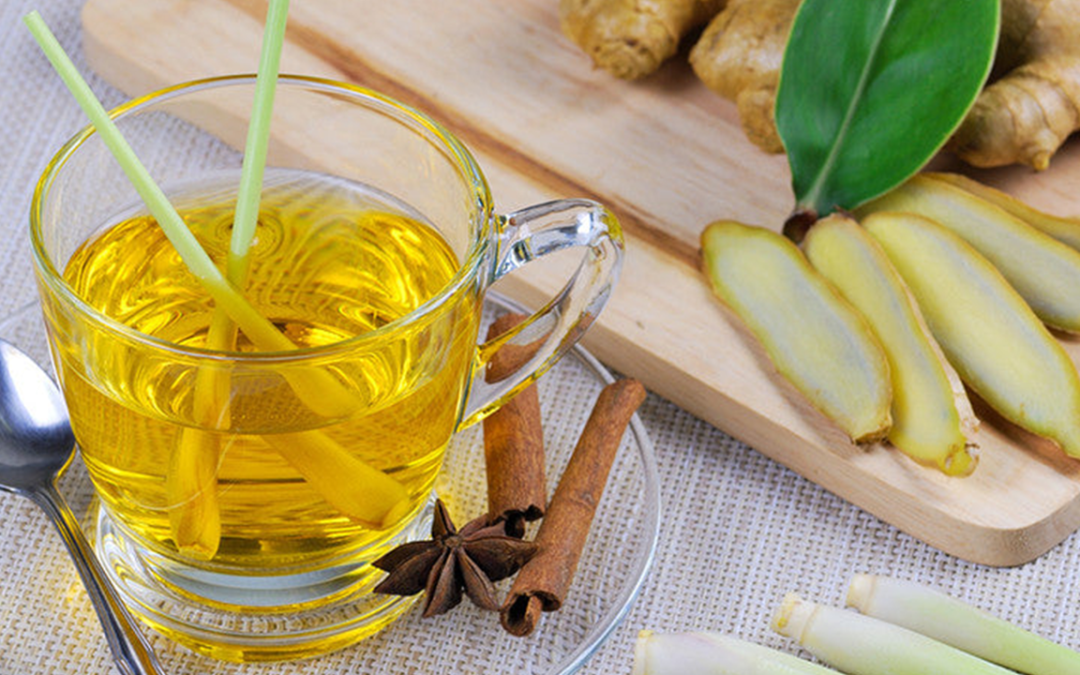
Herbal teas of the Philippines
When you say tea, it exclusively refers to the dried leaf and stem of one plant: Camellia sinensis. All the other variants—white, black, and green tea—are based solely on this plant. In the Philippines though, tea has been used as a catch-all to any plant used for hot...

Turmeric’s place in Filipino cuisine
It may not be as popular as ginger, which is of the same family, but turmeric still finds its way and takes its rightful space in traditional Filipino cooking. Known for its orange color, which can leave stubborn stains on hands and clothes, this mighty rhizome lends...
